Do some research into artists and illustrators who have used ceramics as a surface for their image-making. You might also want to look at ceramicists who have a strong link with image-making in their work. Find contemporary examples as well as exploring older ceramic traditions. What sort of motifs feature regularly? Could you say there’s a visual language of ceramics?
Ceramics have never been something I have had a lot of interest in doing since I dabbled with pottery as part of my GCSE Art & Design studies. However, I still feel a connection to pottery and ceramics. My family on my father's side are from Stoke-on-Trent, home of the 'Potteries', and many of my family have been involved with the ceramics industry for over a hundred years.
Now, as far as I know, none of my relatives have a claim to fame. From what I could discover from the genealogical research I did with my father while he was alive and from his own recollection those in our family who worked at the potteries worked on the line. Some, however, did work as pottery decorators, applying the designs to ceramics, earthenware and figures destined for the wider mass market. So I decided to start my search with artists who've been connected to The Potteries.
Hanna Barlow
My research typically started in the past, and I discovered the work of Hannah Barlow. She started working at Doulton and Co. (later to become Royal Doulton) in 1870 when it was still based in London. She had an affinity for animals, and her skills in drawing them translated to her work with ceramics. Doulton and Co adopted the trend of producing the 'Grès de Flandres' style of stoneware, and this allowed Barlow to employ the 'sgraffito' technique of making decorative incisions into the heavy clay [1].
She kept with naturalistic motifs, focusing on animals. The sgraffito approach allowed her to capture the movement and energy of the creatures. Her sister (who also worked at Doulton and Co along with their Brother) also opted for naturalistic motifs and preferred painting flora over fauna. The technique is interesting, as it feels to me to have a similar quality to drawing with nibbed ink-pens. That makes it feel accessible to me, as I could imagine how I might make those marks (albeit not with nearly as much skill!).
Nick Walker/s
My research considered artists who might have historically been 'in-house' at one of the big pottery companies (like Barlow), but then I also considered that those companies might also look to do collaborations or commission limited series with both ceramicists and artists. My research led me to a series of collaborations that Royal Doulton did with street artists. I was taken with the images, especially given my previous research and exercises in street art earlier in this section of the unit. I particularly likes the ones from Bristol street artist, Nick Walker.

I liked the way the image translated to the ceramic form and wanted to see more of this work. I accidentally went down the route of combining his name with 'ceramics' and ended up finding an entirely different Nick Walker! Looking through his work I noticed a theme of prints and a love of the historical application of prints on ceramics - particularly tiles. As I perused his body of work I noticed a few motifs, and one of the most prominent were woodland animals. He has applied those themes in a variety of different applications on ceramics and I enjoyed how his motifs then transposed to other media, which creates strong thematic links throughout his portfolio.
Jitka Palmer
My research also took me to the work of Jitka Palmer. Her ceramics are painted, with an evocative almost impressionistic style. It reminds me in part of Van Gogh and also the comic creator James Albon. Her work feels like sketchbook entries transposed onto clay, and with that, the subject matter of the pieces has the motif of observed daily life: Daily activities, family time and visits to local locations.
The works are painted all over, inviting the viewer to look at the pieces from different angles, and you can see different parts of the story happen simultaneously. That gives the pieces (especially the bowls) an interesting relationship with time.
Tony Laverick
Tony Laverick's work genuinely made me emotional. It was most unexpected to be so impacted by ceramics! The ceramics themselves are simple with clean lines; the focus is the decorative aspect of the pieces. The approach is abstract, but there are motifs in the shapes and colours he uses. He uses layers to make the most of the geometry. I especially love the blue and yellow he chooses for a lot of his pieces.
There is an interesting balance between solid colour, texture that's added purposefully, and texture that is more random (perhaps applied by printing with other materials?). It's hard for me to pinpoint what I like so much about the work - I don't want to ignore the feeling though, so I am thinking about how I might try and replicate what I see in my own work, but in a different way. To let my intuition translate what I enjoy from these pieces into what I do. I'm doing a personal piece of work at the moment to try and ease myself back into creating more regularly. I have been struggling with how to render the image, and have restarted that part half a dozen times so far. I think it might be a good experiment to pull from this new inspiration.
Anita Harris
Anita Harris's work is bold with strong colours and a sense of darkness. This is despite the fact that she predominantly uses floral and animal motifs. She seems to like using deep iron oxide glazes and metallic elements. The result is a body of work that has bold lines and confidence.
The Visual Language of Ceramics
Throughout a lot of the examples I have researched (specifically in this learning log, and those I didn't choose to write about) I have noticed that a lot of illustrative ceramics decide to represent an aspect of day-to-day life. Natural history is a big focus, as well as people doing everyday activities.
However, it was the abstract, more 'decorative' ceramic work that spoke to me most. It's hard to pin down a specific visual language to ceramics - they can play with the physical dimension of the medium, but that is no different to impasto painting styles. However, placing illustrative work onto ceramics does have the added aspect of the ceramic itself, which lends a different aspect than say paper, board or canvas.
References
Draper, A. (2021) Hannah Barlow: Decorating with animals, Victoria Gallery & Museum - University of Liverpool. Available at: https://vgm.liverpool.ac.uk/blog/2021/hannah-barlow-decorating-with-animals/ (Accessed: 08 October 2024).
Full Crate (2024) Love Vandal by Nick Walker, Full Crate. Full Crate Gallery & Art Supplies. Available at: https://www.fullcrate.co.uk/media/catalog/product/cache/3/image/1800x/040ec09b1e35df139433887a97daa66f/r/o/royal-doulton-street-art-love-vandal-plate.jpg (Accessed: 08 October 2024).
Harris, A. (2024) Collections, Anita Harris Pottery. Available at: https://www.anitaharrisartpottery.net/collections (Accessed: 08 October 2024).
Instagram (2024) Nick Walker Art, Instagram. Available at: https://www.instagram.com/nickwalkerart/?hl=en (Accessed: 08 October 2024).
Laverick, T. (2024) Home Page, Tony Laverick Ceramics. Available at: https://www.tonylaverick.co.uk/collections/frontpage (Accessed: 08 October 2024).
Palmer, J. (2024) Clay-Vessels, Jitka Palmer - Ceramics, Paintings and Sculpture. Available at: http://www.jitkapalmer.co.uk/gallery/clay-vessels/ (Accessed: 08 October 2024).
Victoria and Albert Museum (ed.) (2024a) V&A explore the collections - Hannah Barlow, Victoria and Albert Museum. Available at: https://collections.vam.ac.uk/search/?id_person=A8122&page=1&page_size=15 (Accessed: 08 October 2024).
Victoria and Albert Museum (ed.) (2024b) V&A explore the collections - Sally Anderson, Victoria and Albert Museum. Available at: https://collections.vam.ac.uk/search/?id_person=A23771&page=1&page_size=15 (Accessed: 08 October 2024).
All images are copyright of their respective owners and have been used under the educational fair-use policy.


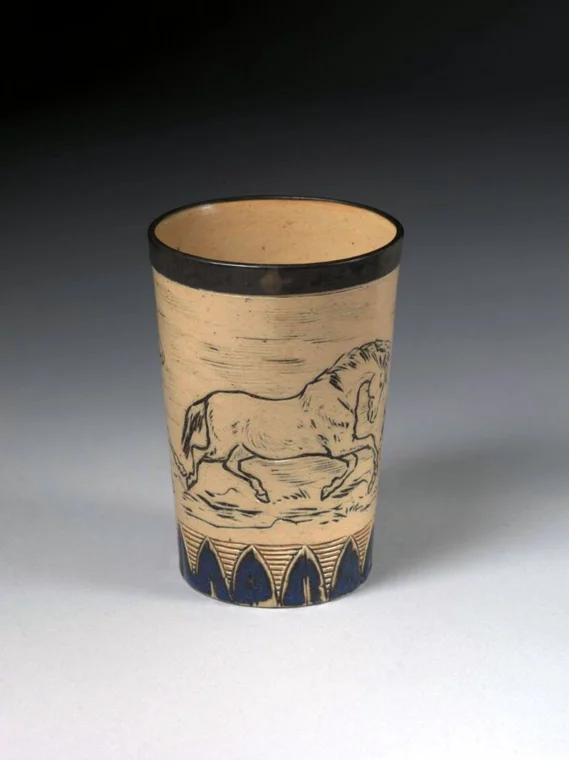
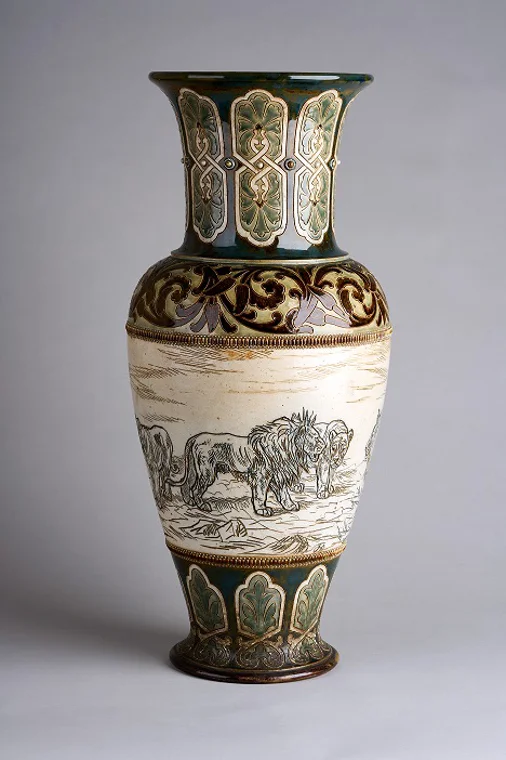

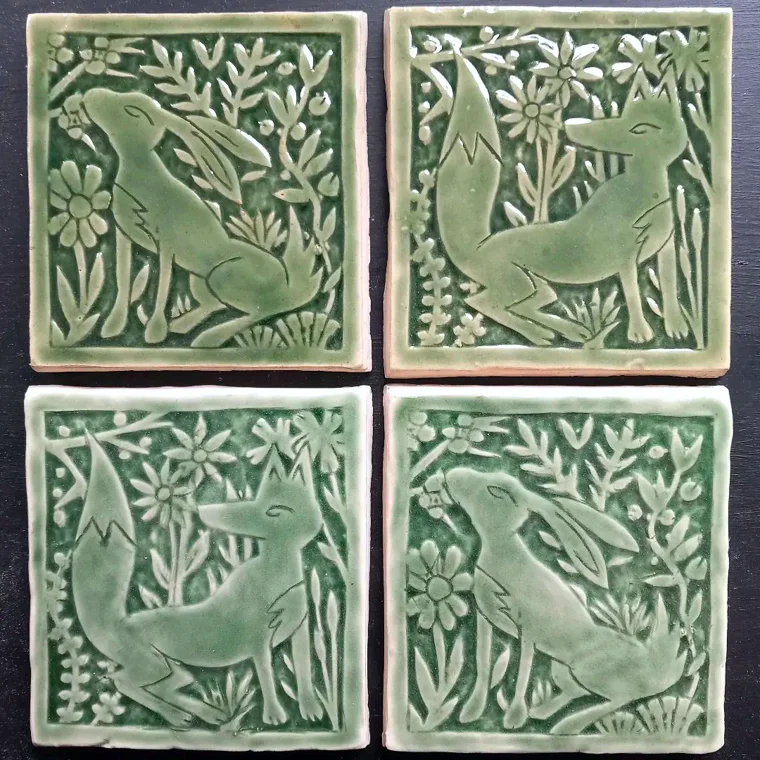






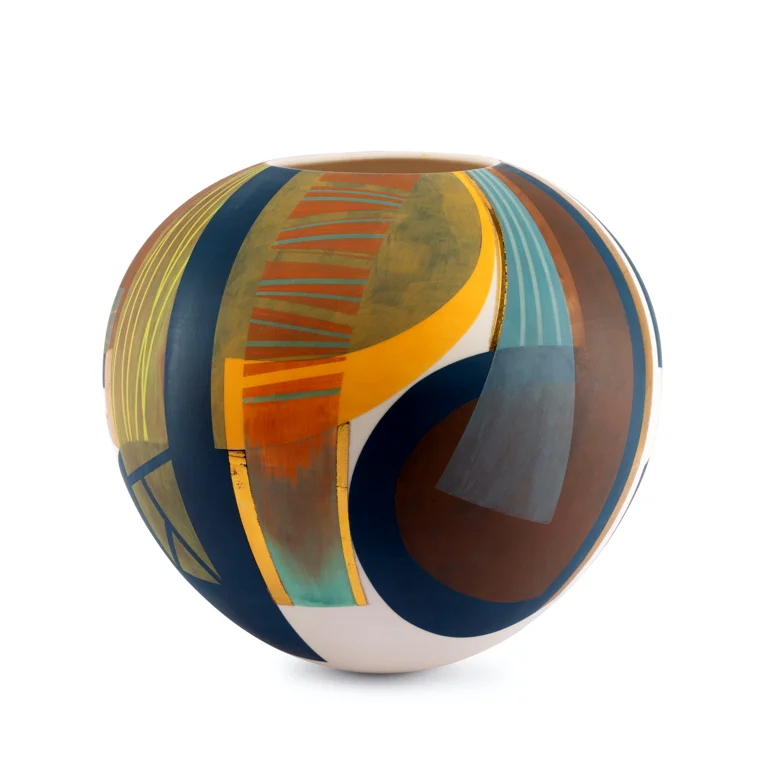

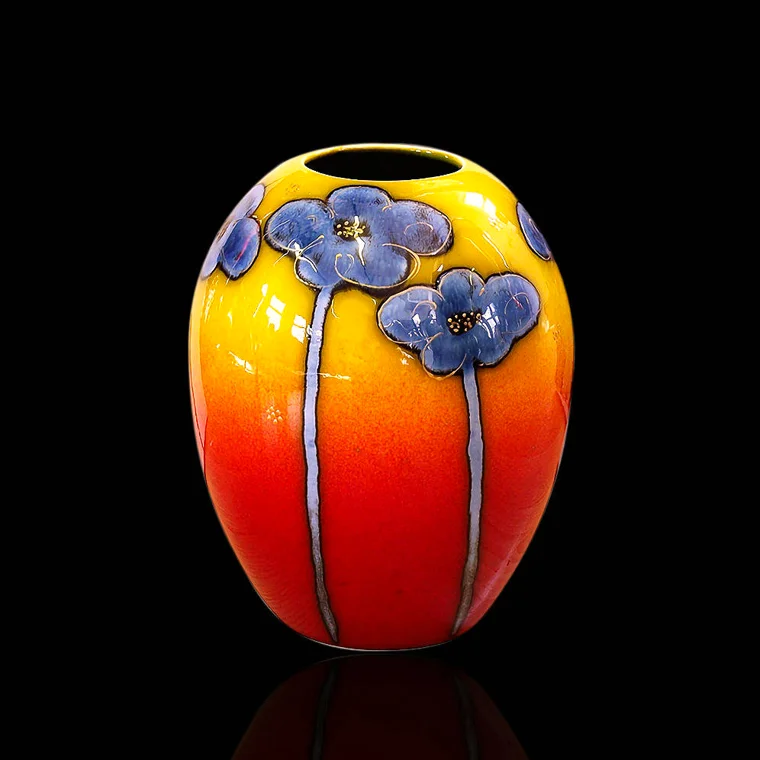
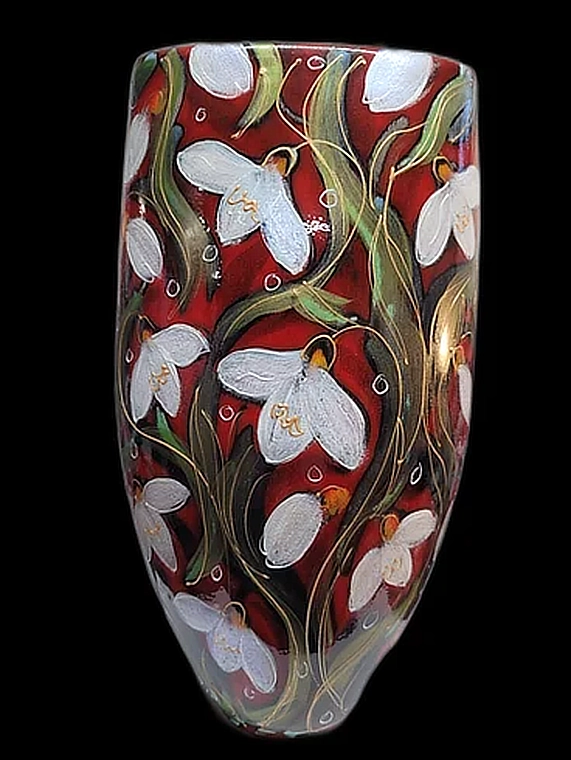

Comments